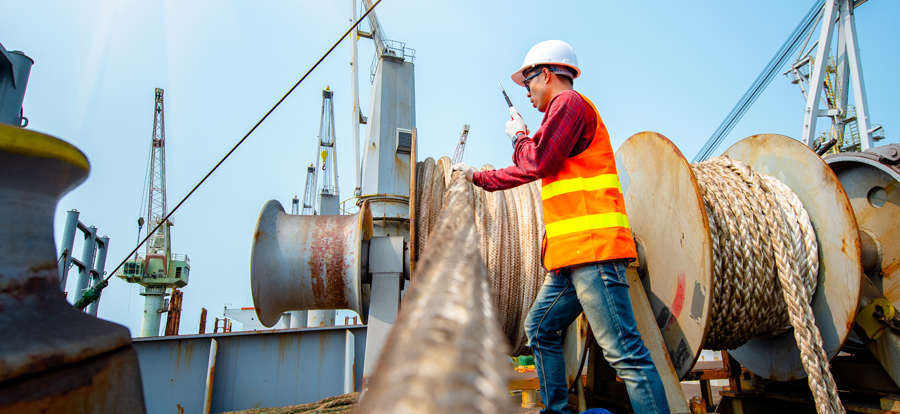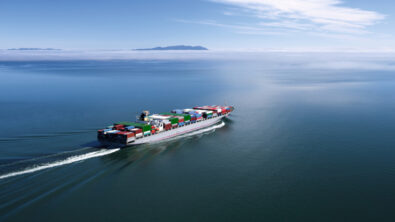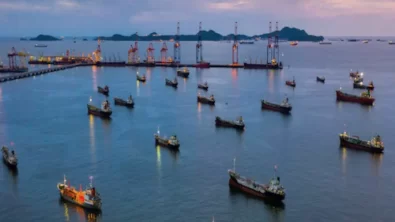Using reality technologies to train and assist the marine workforce

Working in the marine industry comes with a certain amount of risk. Building ships and maneuvering them safely from point A to point B are inherently complex and risky tasks. A well-trained workforce can mitigate much of this. But as the experienced members of the maritime workforce start to retire, digitalization is increasingly being depended on to bridge gaps as the new workforce gets trained up. Digital tools like reality technologies and remote assistance can ensure workers are better trained than ever and have a safety net of technology to assist them in their duties.
Cultivating a digital workforce
With the rise of virtual reality and augmented reality, the marine industry has new tools at its disposal to ensure the workforce is trained to deal with a variety of situations. Virtual reality can create an entirely digital environment to use during training sessions. In contrast, augmented reality places important information or instructions into a worker’s physical environment, usually using a headset. Augmented reality can be further enhanced through a connection to remote assistance, allowing an onshore team to help the crew identify problems and solutions from afar.
Training on simulators can help crews prepare for real-life working conditions. Simulating both business-as-usual and emergency situations can make it so they can act immediately and confidently in any situation.
What makes a digital workforce possible?
What enables crews to take advantage of these new digital tools? The digital twin allows for gathering all the data that powers these new reality technologies. Having an exact digital representation of a ship that pulls data from the many data sources onboard can help crew members operate and maintain ships at optimal levels, competently handle problems when they arise and mitigate risks across operations.
Are you ready to better train and equip your marine workforce using digital tools? Read our brief by Monica Schnitger, naval architect and principal analyst at Schnitger Corp., on the future of the marine workforce.
If you’re curious to learn more about the future of the marine industry, check out our entire Marine Industry 2030 thought leadership series by clicking the button below.


